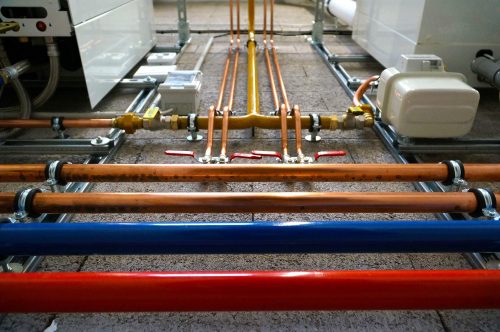Governor Mike DeWine, in fact, recently announced that more than $4 million in state funding will be used to find and then also replace toxic lead water pipes in communities around Ohio.
Governor DeWine – H2Ohio Program
More than $2.1 million of that money is coming from the governor’s H2Ohio program. It will be used to replace lead pipes that have already been identified in six cities and villages in local Ohio areas and counties. Ohio communities will get another $2 million that can’t afford on their own to identify and inventory lead pipes in their public water systems.
Mini-grants of up to $50,000 come from about $1.4 million per public water system. It starts on March 28th. On March 17th, the Ohio Environmental Protection Agency is hosting a webinar. The goal is to field questions from communities about the mini-grants.
The Rural Community Assistance Program will get the remaining $600,000 and the Ohio Rural Water Association. It will assist small public water systems in finding and mapping lead pipes.
There are particles of lead that are swept into drinking water. This occurs as aging lead pipes do corrode. It can cause a number of health problems among adults, children, and fetuses. Moreover, this is according to the U.S. Environmental Protection Agency.
Those at greatest risk are children. In fact, their bodies absorb lead more easily than adults. Therefore, there are low levels of lead. In fact, they are less able to detoxify themselves. Actually, lead poisoning in children can, actually, that cause behavior and learning problems, lower IQ and hyperactivity, slower growth, hearing problems, and anemia. It is according to the U.S. EPA.
The then-Governor John Kasich, in 2016, signed a law that did require every public water system in the state to identify and then map the locations of the lead pipes in their entire service areas.






